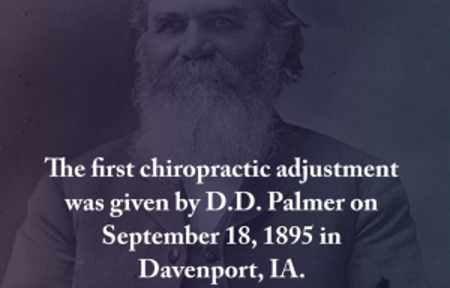Chiropractic Care Can Help You Work from Home More Comfortably
by Dr. Sherry McAllister, President, Foundation for Chiropractic Progress
American employees now work from home. The ongoing COVID-19 pandemic made the transition to work from home inevitable, but it hasn’t been easy.
Though working from home is great for social distancing and “flattening the curve,” it presents various challenges. Instead of meeting with co-workers face-to-face, you now have to hop on a phone call or Zoom meeting. Team-building activities such as picnics and game days have gone the way of the dinosaur. Not to mention, most promotions and raises have been put on hold.
Working from home affects your physical health, as well. Most office setups feature comfortable, ergonomic furniture meant to support productivity. But if you rarely worked from home prior to the pandemic, you probably had little reason to invest in a home office.
As a result, many workers are conducting business from their kitchen tables, bedrooms or couches. There’s nothing wrong with working from where it’s most convenient, but without a proper setup, you’re much more likely to experience headaches, neuro-musculoskeletal pain and carpal tunnel syndrome.
Can you relate? If so, you may want to schedule an appointment with your doctor of chiropractic.
Doctors of chiropractic earn at least seven years of higher education before receiving their license. This training includes guidance on how to achieve and maintain good posture. Following a comprehensive exam and a discussion of your lifestyle and symptoms, a doctor of chiropractic can develop a custom treatment plan that improves your posture and helps you feel better.
Your doctor of chiropractic can recommend office furniture that’s comfortable and supportive. They can improve your neuro-musculoskeletal health with hands-on spinal adjustments, nutritional advice and drug-free treatments. Throughout treatment, they can tweak your plan as necessary, ensuring you achieve the desired outcome.
If working from home is causing you pain, don’t wait to seek professional help. Your doctor of chiropractic is only a phone call away.







